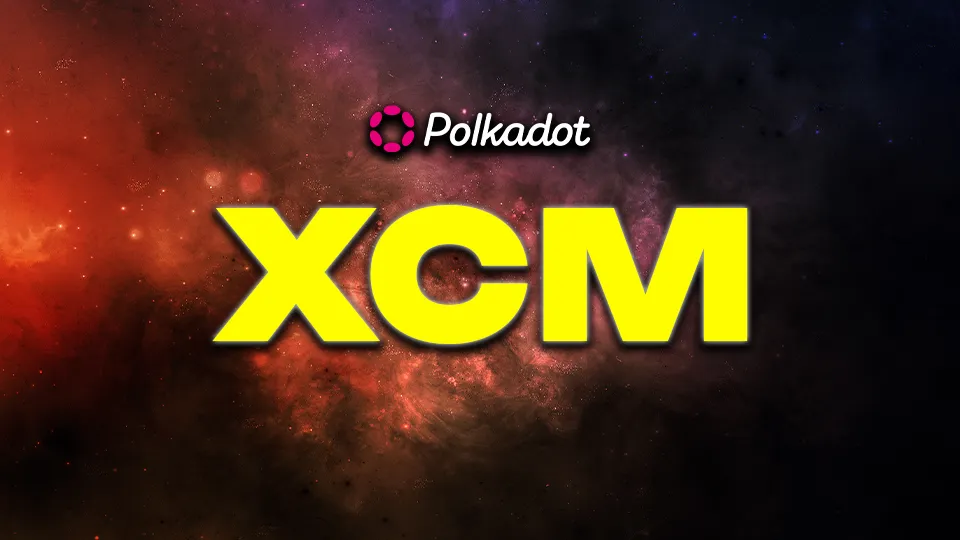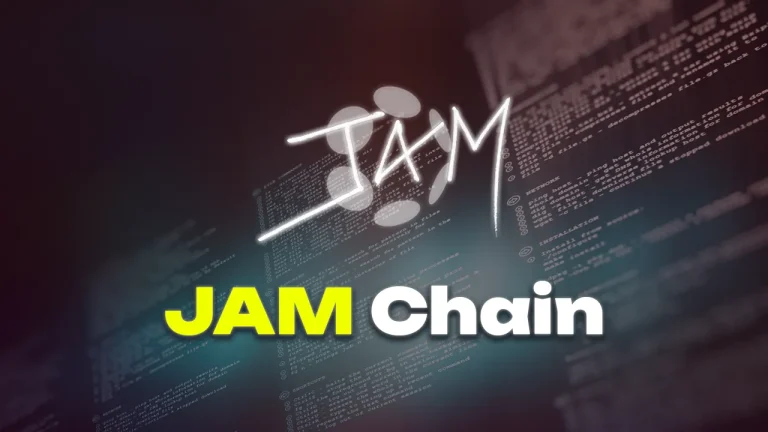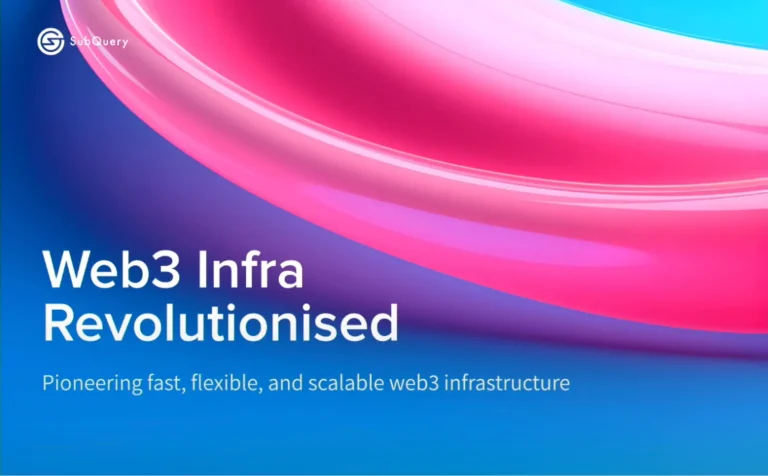Polkadot is designed to enable interoperability between diverse blockchains, for that has introduced a groundbreaking communication language known as XCM (Cross-Consensus Messaging). XCM is central to Polkadot’s mission of creating an interconnected ecosystem where blockchains can communicate and collaborate seamlessly. This guide provides an in-depth exploration of XCM, its components, functionality, and significance within the Polkadot ecosystem.
What is Polkadot XCM?
XCM, or Cross-Consensus Messaging, is a language created to facilitate communication between different consensus systems. These systems can include blockchains, smart contracts, and other distributed ledger technologies. XCM is not just another protocol; it is a format designed to enable the expression of complex interactions and intentions across various consensus systems.
Originating from the Polkadot ecosystem, XCM’s primary objective is to foster specialization rather than generalization within blockchain ecosystems. In a world where interoperability is lacking, a blockchain would need to support all functionalities and services on its own. XCM offers a solution by allowing blockchains to specialize in their core functions while relying on other blockchains for additional services.
Polkadot XCM Key Features
XCM operates under several core assumptions about the underlying environment in which it functions:
- Asynchronous: XCM is designed to function in an asynchronous environment. It does not assume that the sender will block or wait for the completion of a message’s execution.
- Absolute: Messages sent via XCM are assumed to be delivered accurately, in order, and in a timely manner. This reliability must be ensured by the transport layer responsible for delivering the messages.
- Asymmetric: XCM does not inherently provide a mechanism for the sender to receive confirmation that the message was executed correctly. If such confirmation is needed, a separate message must be sent.
- Agnostic: XCM is designed to be agnostic to the nature of the consensus systems involved. It can be used with any system that achieves finality through consensus, making it versatile and adaptable.
XCM is a dynamic and evolving format, with a well-defined RFC (Request for Comments) process that allows for continuous improvement and updates. The current version, at the time of writing, is v3.
XCM: A Format, Not a Protocol
A crucial aspect of XCM is understanding that it is a format rather than a protocol. This distinction means that XCM specifies how messages should be structured and what instructions they should contain but does not dictate how these messages are delivered. The delivery of XCM messages is the responsibility of transport layer protocols such as XCMP (Cross-Chain Message Passing) and VMP (Vertical Message Passing) in the Polkadot ecosystem, or other bridging protocols.
This separation of concerns allows developers to focus on the interactions they wish to build between systems without worrying about the underlying routing mechanisms. However, it is important to note that not all systems are required to interpret every possible XCM message. Some messages may be irrelevant or unsupported by certain systems. For instance, a consensus system that does not handle NFTs (Non-Fungible Tokens) would not interpret XCM instructions related to NFTs.
Furthermore, XCM messages themselves are not considered on-chain transactions. They describe how to change the state of the target consensus system, but the actual state change is carried out by the system’s implementation of the Cross-Consensus Virtual Machine (XCVM).
The Cross-Consensus Virtual Machine (XCVM)
At the core of XCM lies the Cross-Consensus Virtual Machine (XCVM), a state machine responsible for executing XCM messages. An XCM message is essentially an XCVM program, composed of a series of instructions that the XCVM processes sequentially. The XCVM is a register-based system, meaning that during execution, it tracks and updates the state using domain-specific registers.
The XCVM is a specification, meaning that anyone can create an implementation of it. As long as the implementation adheres to the XCVM standard, it will be able to send and receive XCMs from systems using other implementations.
The typical process for an XCM within the XCVM is as follows:
- Instruction Reading: The XCVM reads each instruction in the XCM message one by one.
- Instruction Execution: The XCVM executes the instruction based on the current values in the registers, the instruction type, and its operands. This execution might result in changes to the register values or an error, which would halt execution.
- Completion: The XCVM continues reading and executing instructions until the end of the message is reached.
One of the key registers within the XCVM is the holding register, which handles assets during the execution of XCM instructions. For instance, instructions like DepositAsset and WithdrawAsset interact with this register to manage assets.
Components of the XCM Ecosystem
The XCM ecosystem is composed of several key components, each playing a crucial role in facilitating cross-consensus communication:
- XCM Format: The foundation of the ecosystem, XCM defines the structure and content of messages exchanged between consensus systems. It includes a variety of instructions that developers can use to express different types of interactions.
- XCVM (Cross-Consensus Virtual Machine): The engine that interprets and executes XCM messages. The XCVM processes instructions, manages state through registers, and ensures that the intended operations are carried out correctly.
- XCM Executor: The XCM executor is the implementation of the XCVM. It interprets and executes XCM messages, ensuring they are processed accurately and in the correct order. The XCM executor is highly configurable, allowing developers to customize its behavior to suit specific use cases.
- XCM Builder: The XCM builder provides a set of building blocks that developers can use to configure the XCM executor. These building blocks cover common use cases and can be extended or modified to meet specific needs.
- XCM Pallet: In the Polkadot ecosystem, the XCM pallet is a FRAME (Framework for Runtime Aggregation of Modularized Entities) module that facilitates interaction with the XCM executor. It provides extrinsics (functions that can be called from outside the runtime) for executing XCMs locally or sending them to other systems. The XCM pallet also supports specific use cases like asset teleportation and reserve asset transfers.
- XCM Simulator: The simulator is a valuable tool for testing XCM programs without the need for a full network setup. It allows developers to build and test XCMs quickly, ensuring they function as intended before deploying them in a live environment.
Why XCM Matters for the Polkadot Ecosystem
XCM is a crucial innovation within the Polkadot ecosystem and the broader blockchain landscape for several reasons:
- Enabling Interoperability: XCM allows different blockchains to communicate and collaborate, overcoming the limitations of siloed systems. This interoperability is essential for creating a thriving ecosystem where specialized blockchains can coexist and complement each other.
- Promoting Specialization: By enabling blockchains to specialize in their core functions while relying on others for additional services, XCM fosters an ecosystem-wide division of labor. This specialization leads to more efficient and scalable blockchain networks.
- Flexibility and Adaptability: XCM is designed to be agnostic to the underlying consensus systems, making it versatile and adaptable to a wide range of use cases. Whether a blockchain is focused on smart contracts, NFTs, or any other functionality, XCM can facilitate the necessary interactions.
- Simplifying Development: XCM abstracts the complexity of cross-consensus communication, allowing developers to focus on building innovative applications without worrying about the intricacies of message delivery. The separation of concerns between message format and transport protocol further simplifies development.
- Supporting Innovation: The flexibility of XCM and its ongoing evolution through an open RFC process encourage innovation. Developers can propose new features, improve existing ones, and contribute to the continuous advancement of the XCM ecosystem.
Practical Use Cases of Polkadot XCM
XCM’s potential is vast, and its applications are diverse. Here are some practical use cases that demonstrate the power of XCM within the Polkadot ecosystem:
- Token Transfers: One of the most common use cases for XCM is transferring tokens between blockchains. For example, a user can send DOT tokens from the Polkadot relay chain to a parachain, where they can be used in decentralized finance (DeFi) applications. The tokens are locked on the relay chain and minted on the parachain, ensuring that the total supply remains constant.
- Cross-Chain Smart Contract Execution: XCM enables the execution of smart contracts across different blockchains. A developer can create a decentralized application (dApp) that leverages the unique features of multiple blockchains. For instance, the dApp could execute a smart contract on one blockchain to trigger an event on another blockchain, creating complex, multi-chain applications.
- Interoperable NFTs: Non-Fungible Tokens (NFTs) created on one blockchain can be transferred to and used on another blockchain using XCM. This interoperability allows NFTs to be showcased, traded, or utilized across multiple platforms, enhancing their utility and reach.
- DeFi Composability: XCM enables the seamless integration of decentralized finance (DeFi) protocols across different blockchains. A user can lock assets on one chain to borrow on another, or use collateral from one DeFi platform to participate in another platform’s liquidity pool. This composability enhances the functionality and value proposition of DeFi applications.
- Cross-Chain Governance: XCM can be used to facilitate governance across multiple blockchains. A blockchain could delegate governance decisions to another chain’s governance mechanism, allowing for more efficient and scalable decision-making processes.
XCM Challenges and Considerations
While XCM offers tremendous potential, there are several challenges and considerations that developers and stakeholders must keep in mind:
- Complexity of Cross-Consensus Communication: Building interactions between different consensus systems is inherently complex. Developers must carefully design and test their XCM programs to ensure they function correctly across all involved systems.
- Security Concerns: Interoperability introduces new attack vectors and security challenges. Ensuring the secure transfer of assets and execution of cross-chain operations is paramount. The transport layer protocols and XCVM implementations must be robust and thoroughly audited.
- Standardization: As XCM evolves, maintaining standardization across different implementations is crucial to prevent fragmentation. Developers must adhere to the XCM specifications and contribute to the RFC process to ensure consistency.
- Scalability: While XCM enables cross-consensus communication, scaling these interactions across numerous blockchains may present challenges. Developers must consider the scalability of their applications and the underlying infrastructure.
The Future of Polkadot XCM
The future of XCM is bright, with ongoing development and adoption within the Polkadot ecosystem and beyond. As more blockchains and developers recognize the value of interoperability, XCM is likely to become a standard for cross-consensus communication.
The continued evolution of XCM, driven by community contributions and real-world use cases, will lead to even more powerful and innovative applications. From DeFi and NFTs to cross-chain governance and beyond, XCM has the potential to reshape how blockchains interact and collaborate, paving the way for a more interconnected and efficient decentralized world.
Conclusion
XCM represents a significant leap forward in blockchain interoperability, offering a flexible and powerful language for cross-consensus communication. By enabling blockchains to specialize and collaborate, XCM fosters a more efficient and scalable ecosystem, unlocking new possibilities for developers and users alike.
As the Polkadot ecosystem continues to grow, XCM will play an increasingly important role in enabling the seamless exchange of assets, data, and functionality across diverse blockchains. Developers who embrace XCM will be at the forefront of this evolution, driving innovation and contributing to the creation of a truly interconnected decentralized future.
- Polkadot Fellowship github XCM specifications.
- Introduction to XCM page at the official Polkadot Wiki.
- Polkadot XCMv5 – Decoded 2024.
- XCM Rate Limiters Safeguarding Polkadot Chains from Toxic Flows – Sub0 2024.
- NFT XCM Transfer – Unique Network – Sub0 2024
- Introduction to Polkadot SPREE.








